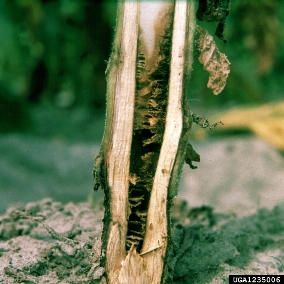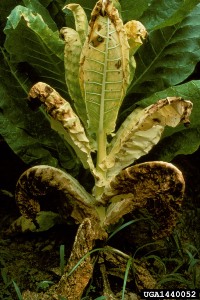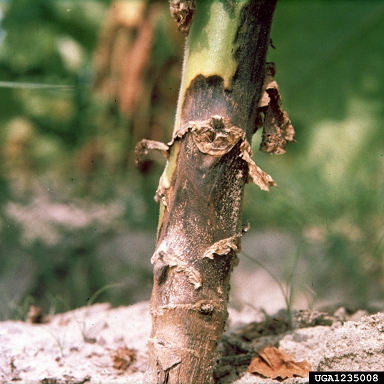
Nutrition
Soil Nutrients
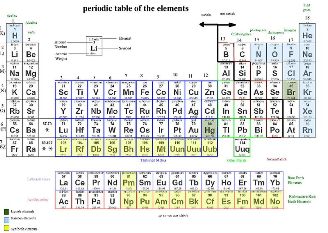
Nicotiana tabacum requires many essential elements in order for survival including: carbon, nitrogen, potassium, calcium, magnesium, sulfur, iron, manganese, boron, copper, zinc, and chlorine. The main flow of all these nutrients is from the roots, through the stem, and eventually to the leaves. The top of the plant which produces the flowers is the main destination for all of the nutrients.
Carbon: Carbon makes up about 40 percent of the dry tobacco leaf right after it has been cured.
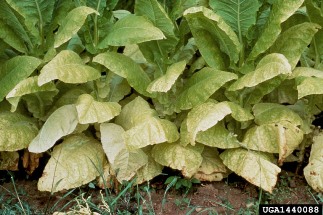 Nitrogen: Nitrogen is a very
important element in the growth and quality of the tobacco leaf.
Nitrogen has a major role in the content of nicotine, chlorophyll,
and other important substances in the leaf that are essential for
growth. Some signs of nitrogen deficiency are when the leaves are
more of a pale yellow versus a bright green color. The growth of
the plant could also be affected resulting in flowering off schedule
along with reduction in leaf size. If the plant is allowed excess
nitrogen it will store it as plastic carbohydrates which will serve
as a reserve food supply in undesirable times.
Nitrogen: Nitrogen is a very
important element in the growth and quality of the tobacco leaf.
Nitrogen has a major role in the content of nicotine, chlorophyll,
and other important substances in the leaf that are essential for
growth. Some signs of nitrogen deficiency are when the leaves are
more of a pale yellow versus a bright green color. The growth of
the plant could also be affected resulting in flowering off schedule
along with reduction in leaf size. If the plant is allowed excess
nitrogen it will store it as plastic carbohydrates which will serve
as a reserve food supply in undesirable times.
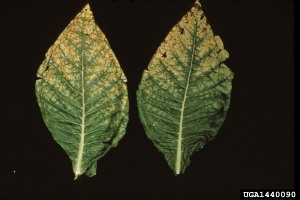
Potassium: Tobacco requires a
large amount of potassium to reach a healthy and mature plant. When
potassium levels are not up to par the plant will develop cankers of dead
tissue forming on the plant body, and the tips of the leaves will
turn a brownish color. When a surplus of potassium is present, the
tobacco plant will use this in order to protect itself against
desiccation.
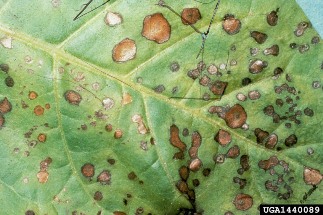 Phosphorus:
Phosphorus is very important to the overall growth of
tobacco. The plant absorbs phosphorus in its highly oxidized
form turning it into protein, lecithin, carbohydrates, and other
compounds that are either stored or used right away for development.
The main symptoms for phosphorus deficiency include the slowing down
of overall growth and development clustered with the formation of
abnormalities in the plant. For example, brown spots can begin
to form on the leaves to tobacco showing that it is not receiving
the needed quantities of phosphorus.
Phosphorus:
Phosphorus is very important to the overall growth of
tobacco. The plant absorbs phosphorus in its highly oxidized
form turning it into protein, lecithin, carbohydrates, and other
compounds that are either stored or used right away for development.
The main symptoms for phosphorus deficiency include the slowing down
of overall growth and development clustered with the formation of
abnormalities in the plant. For example, brown spots can begin
to form on the leaves to tobacco showing that it is not receiving
the needed quantities of phosphorus.
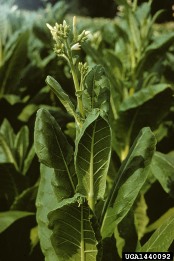
Calcium: Calcium is also an important element in the growing of Nicotiana tabacum. When there is calcium deficiency, the leaves of the plant will shrivel up to various degrees depending on how low the calcium levels are in the plant.
Absorption, Translocation, Metabolism
Once tobacco absorbs its nutrients, they are transported to the
top of the plant via xylem tissue and then the plant's "food" or
sugars that are the product of photosynthesis are transported
throughout the plant via phloem tissue.
The absorption, translocation, and metabolism was researched and
recorded with
the addition of a herbicide, trifloxysulfuron, in tobacco leaves.
It was found that about 40% of the added trifloxysulfuron into the
leaves remained in the leaves over the four day test period. Only a
small amount of trifloxysulfuron was found to be exchanged between
the mature leaves. Most of the trifloxysulfuron concentration
remained in the upper part of the plant while only about 5% made its
way down the phloem into the roots because trifloxysulfuron is known
to travel better in the xylem than in the phloem. Tobacco was found
to rapidly metabolize trifloxysulfuron which almost all of it
was consumed in a 72 hour period. Overall this study shows how
tobacco
has a limited absorption and rapid metabolism of the herbicide trifloxysulfuron which proves that it is a safe one to use on the
plant itself to protect from insects. If you would like to
read more about this study done at North Carolina State University
click
here.
Phytophthora blight (Phytophthora nicotianae) is a nasty disease from the Kingdom Oomycetes that infects the stem and root system of the tobacco plant. This disease causes the plant to lose its resistance to other bacteria found in the soil. Some key things to look for are stunted growth, the wilting of leaves, and the formation of a black stem near the soil.
Now that we have explored the various ways that the tobacco plant acquires its nutrients, click here to explore some adaptations that this plant has accumulated to protect itself from its environment.
Logan Van Hoof, April 2011
